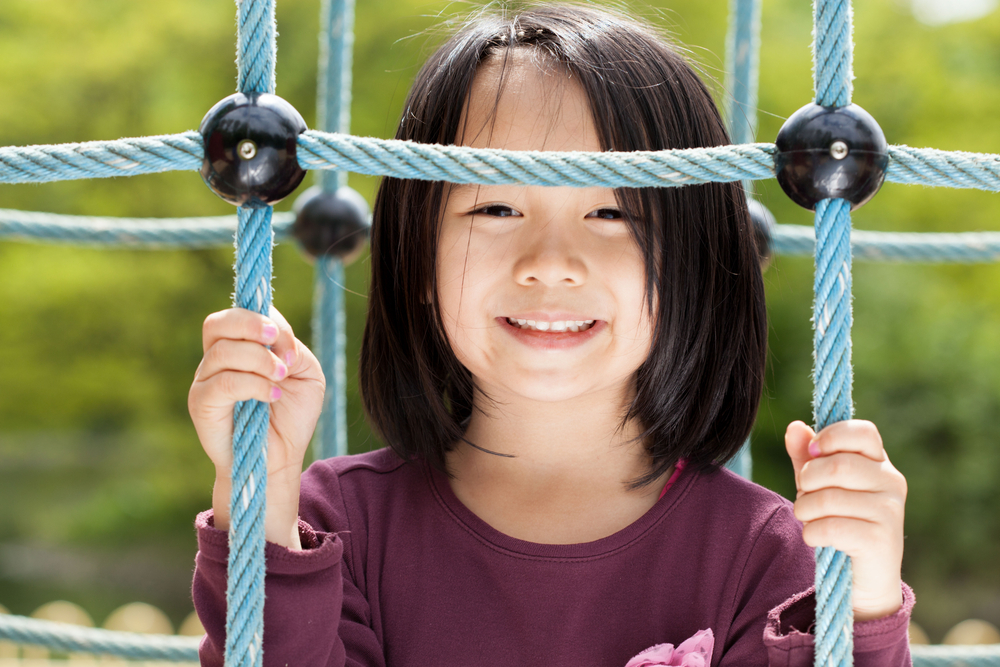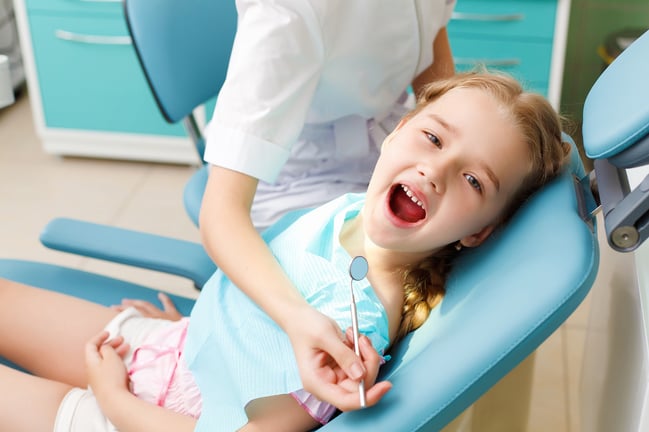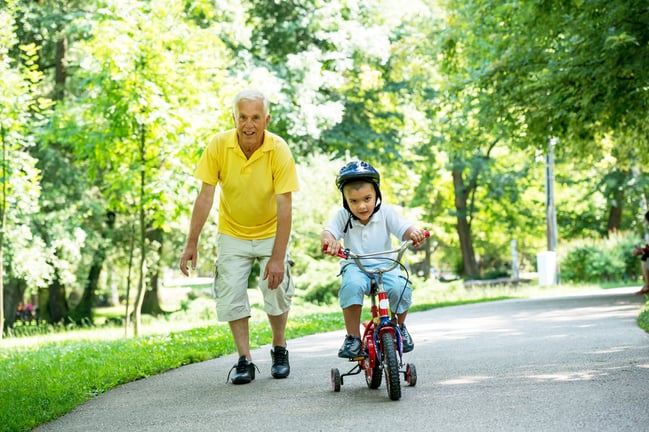
Health and Physical Development
Older Preschoolers (45 to 60+ months)
Components and Developmental Indicators
Older Preschoolers (45 to 60+ months)
Components and Developmental Indicators
Developmental Indicators
HPD Goal-1: Children develop healthy eating habits.
![]()
Demonstrate willingness to try new nutritious foods and make these choices independently and with support.
![]()
Regulate food consumption based on their own feelings of hunger and fullness.
![]()
Given a selection of familiar foods, identify which foods are nutritious and which are not.
![]()
Talk about variety and serving size of foods needed to be healthy, naming some foods and beverages that help to build healthy bodies.
HPD Goal-2: Children engage in active physical play indoors and outdoors.
![]()
Communicate ways exercise keeps us healthy and makes us feel good.
![]()
Participate in structured and unstructured motor activities that build strength, speed, flexibility, and coordination (red light, green light; chase; free play).
![]()
Transition independently from active to quiet activities most of the time.
HPD Goal-3: Children develop healthy sleeping habits.
![]()
Communicate ways sleep keeps us healthy and makes us feel good.
![]()
Independently start and participate in sleep routines most of the time, including listening to calming songs and/or stories.
![]()
Stay awake and alert except during voluntary nap time.
Developmental Indicators
HPD Goal-4: Children engage in play and movement to develop the large muscle control and abilities needed to explore and move in their environment.
![]()
Demonstrate stability, flexibility, and balance while performing complex movements by standing on one foot, turning, stretching, bending, hopping, balancing on beams, jumping, and moving to music.
![]()
Demonstrate more coordination of upper and lower body when, throwing, catching, kicking, bouncing balls, swinging, and hitting objects with racquets or paddles.
![]()
Move quickly through the environment and be able to both change directions and stop (run fast, pedal fast).
![]()
Show awareness of own body in relation to other people and objects while moving through space. When asked, can move in front of, beside, or behind someone or something else.
![]()
Participate in play and movement activities and describe how physical activity contributes to their overall health (“Exercise helps make me strong!”).
HPD Goal-5: Children engage in play and experiences to develop muscle control and hand-eye coordination to manipulate objects and work with tools.
![]()
Engage in complex hand-eye coordination activities and play with a moderate degree of precision and control (fasten clothing, cut shapes, put together small pieces, string beads).
![]()
Display strength and control while using a variety of tools and materials including scissors, pencils, crayons, small toys, spray bottles, and hole punchers.
![]()
Draw and write figures with more detail (faces with features, letters, or letter-like forms).
![]()
Participate in self-help skills, such as buttoning, zipping, snapping and pouring.
Developmental Indicators
HPD Goal-6: Children develop personal hygiene and selfcare skills.
![]()
Dress and undress themselves independently.
![]()
Independently practice personal care and self-help skills, including washing hands, brushing teeth, toileting, flushing, throwing tissues away.
![]()
Help with meal and snack preparation.
![]()
Describe the value of good health practices to their well-being (wash hands to get rid of germs, drink milk to build strong bones).
HPD Goal-7: Children use safe behaviors and personal safety practices with support from adults.
![]()
Identify, avoid, and alert other children to potentially dangerous behaviors, such as keeping a safe distance from swings.
![]()
Consistently recognize and avoid people, objects, substances, activities, and environments that might cause harm.
![]()
With support, show how to respond safely in emergency situations, such as fire or tornado, and in the presence of strangers or dangerous objects. Recognize basic safety symbols, such as poison symbols.
![]()
Know how and when to alert adults to dangerous situations or in an emergency, including in public places, such as a store, identifying people who may be able to help them.



